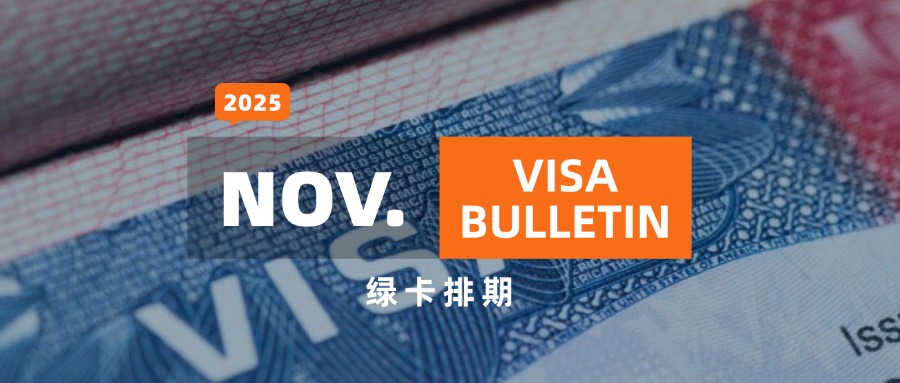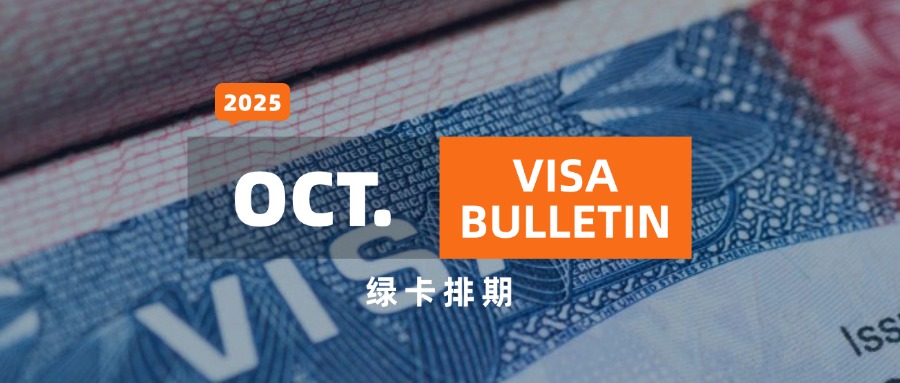
Overview of the U.S. Immigration System
The framework of U.S. immigration law is primarily shaped by the Immigration and Nationality Act (INA) which outlines a dual-focused approach to immigration: facilitating the entry of migrants into the United States based on national interest-aligned admission principles and enforcing regulations to manage and control this migration.
The U.S. clearly differentiates between permanent and temporary forms of immigration. Permanent entries include those coming through family and employment-based channels, the diversity visa lottery program, and the admission of refugees and asylum seekers. On the other hand, temporary immigration caters to non-citizens entering the U.S. for specific, limited durations, covering a wide range of categories such as tourists, students, temporary employees, and diplomats.
The second major facet of U.S. immigration policy is centered on restricting and managing the entry and residence of individuals who do not have authorization, are deemed criminal aliens, or are considered as not aligning with the national interest. This aspect of immigration policy is executed through comprehensive enforcement measures which include border control at land, air, and sea entry points, as well as internal enforcement activities such as detainment, deportation, workplace inspections, and the prevention of immigration fraud.
Government Agencies
The execution of INA’s provisions falls to various agencies within the executive branch of the government.
The Department of Homeland Security (DHS) is at the forefront of managing immigration affairs, operating through its subdivisions: U.S. Citizenship and Immigration Services (USCIS), U.S. Customs and Border Protection (CBP), and U.S. Immigration and Customs Enforcement (ICE).
Additionally, the Department of State (DOS) is responsible for issuing visas to prospective immigrants abroad, while the Department of Justice (DOJ) manages immigration courts via its Executive Office for Immigration Review (EOIR).
The Department of Labor (DOL) oversees a foreign labor certification program, ensuring that the employment of foreign workers does not negatively impact or displace U.S. workers.
Common Terminology
When discussing individuals born outside the United States within the context of immigration policy, several distinct terms are used to describe their legal status.
The term “aliens” is a legal designation for individuals who are not U.S. citizens, encompassing both those present in the country legally and illegally. Within the category of aliens legally in the United States, there are primarily two groups: (1) immigrants (excluding refugees and asylees) and (2) nonimmigrants.
The term “immigrants” applies to individuals who have been lawfully admitted to the U.S. for permanent residency. In contrast, “nonimmigrants” describes individuals admitted to the United States on a temporary and lawful basis for specific reasons and durations, such as tourism, diplomacy, study, temporary work, or participation in exchange programs.
“Refugees” and “asylees” are special classifications for individuals not categorized as immigrants under the INA, representing those who are outside their home country due to persecution or a legitimate fear of persecution based on race, religion, nationality, membership in a particular social group, or political opinion. Both refugees and asylees have the opportunity to adjust their status to become lawful permanent residents (LPRs).
“LPRs” who undergo the process of naturalization to become “naturalized citizens” typically do so after a minimum of five years of continuous residence in the United States.
The broader category of “noncitizens” includes both immigrants and nonimmigrants who have not undergone naturalization.
The term “unauthorized aliens” specifically refers to individuals who reside in the United States without legal permission, having either entered the country without proper inspection or overstayed their visa period, violating the terms of their admission.


